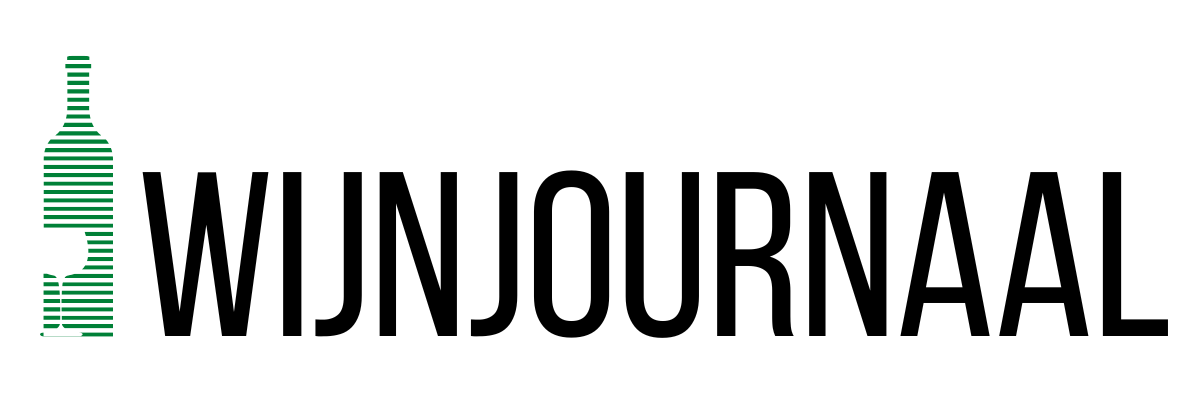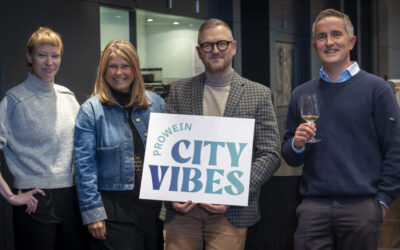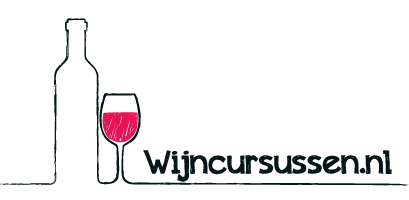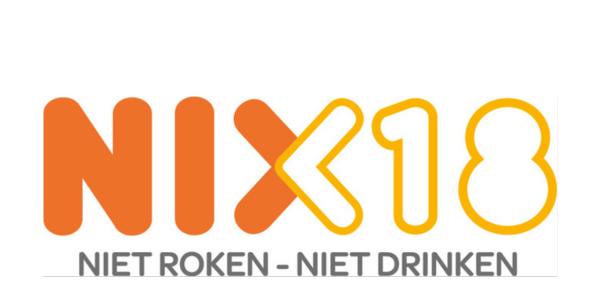The global spirits industry stands at a turning point — and the inaugural ProSpirits Report – The Future of Spirits captures the opportunities and challenges shaping its next chapter. Based on insights from over 200 industry professionals across 45 countries, the report offers a fresh, data-driven look at the sector’s current condition, the trends reshaping it, and where future growth is set to come from.
Change is happening fast. Consumer drinking habits are evolving, entirely new categories — such as low- and no-alcohol ‘spirits’ — are emerging, and the competitive landscape is intensifying. In this dynamic environment, access to reliable data and a willingness to adapt are more critical than ever for staying ahead.
To support the industry through this period of rapid transformation, ProWein, the world’s leading wine and spirits trade fair, commissioned the ProSpirits Report. Led by Professor Dr Simone Loose of Geisenheim University’s Department of Wine and Beverage Business Research, the 2025 edition brings together extensive research and deep industry collaboration. After consulting spirits professionals to identify key issues, the ProSpirits team gathered survey responses from a broad cross-section of the industry — from multinational brands to smaller regional producers.
The ProSpirits Report 2025 is structured around four key themes:
· Current Conditions and Future Opportunities
· Emerging Trends in the Spirits Industry
· Expectations for Market Segments and Sales Channels
· Key Developments in International Spirits Markets
Each section provides insights from both producers (brand owners and distillers) and trade professionals (distributors, wholesalers, and retailers).
Outlook: Cautious Optimism Ahead
Despite economic headwinds, the mood across the industry is more optimistic than recent sentiment might suggest. Most businesses rated their current situation as either satisfactory or good, with trade respondents reporting slightly stronger conditions than producers. Looking to 2025, nearly half of all respondents expect an improvement in their economic outlook.
Innovation and premiumisation emerged as the two most important engines of future growth. In a global market challenged by inflation and shifting consumer spending patterns, businesses that innovate and position themselves smartly stand to gain. Producers also see strong potential in expanding into emerging markets and diversifying across new sales channels.
Future Trends: Low and No ‘Spirits’ Rise
The low- and no-alcohol ‘spirits’ category is firmly on the rise. Spirits producers and the trade agree that this segment represents a major growth opportunity — although their perspectives differ slightly. The spirits trade sees the greatest potential in rum (62%), whiskey (54%) and alcohol-free ‘spirits’ (53%), while producers highlight low-alcohol ‘spirits’ (55%), ready-to-drink (RTD) beverages (53%) and alcohol-free ‘spirits’ (47%).
By 2030, experts predict alcohol-free ‘spirits’ could reach a median market share of 10% by volume and 8% by value — a remarkable forecast, given that the legal definition of ‘spirits’ still requires alcohol content.
Meanwhile, broader market dynamics are being shaped by rising consumer demand for authentic storytelling, unique production methods (61%), and regional identity (59%). Craft and artisanal spirits (50%), mixology (48%), and RTD products (40%) are also expected to play significant roles. By contrast, trends such as additive-free alternatives, single-serve packaging, and cannabis-infused beverages are seen as less impactful drivers of future growth.
Digitalisation: A Must, Not a Maybe
As younger, digital-native consumers become more central to market growth, digitalisation is no longer optional. Seventy percent of industry experts flagged the need to enhance digital capabilities, particularly in marketing. Almost two-thirds (64%) believe stronger digital marketing skills are essential for future success.
While some caution remains regarding the role of artificial intelligence in customer engagement, Professor Dr Loose points out that AI is “rapidly evolving and already being successfully applied in other industries.”
Market Channels: A Two-Speed Future
When it comes to sales channels, the outlook divides. About half of the experts see major opportunities for digital platforms — especially in the mainstream spirits segment. Premium spirits, however, are expected to continue thriving through traditional specialist retailers and the on-trade, where consumers seek premium experiences. Digital direct-to-consumer channels also hold significant promise for premium brands, offering a pathway to more personalised customer relationships.
Global Markets: Growth with New Risks
Export ambitions remain high: 81% of producers view entering new international markets as critical to future sales growth. However, size matters. Larger, internationalised producers are better positioned to navigate complex distribution networks and regulatory hurdles, while smaller producers face bigger challenges.
North America and Central Europe remain the top targets, with the United States (58%), Germany (49%) and the United Kingdom (36%) leading in market attractiveness. Asia and India are gaining momentum too, with China and Japan (both 35%) and India (31%) identified as key growth markets. Hong
Kong (26%), Singapore and South Korea (both 25%) are also in focus.
Interestingly, Africa (33%) is emerging as an increasingly attractive region for spirits exports. Yet, global trade tensions and the rise of tariffs add new layers of uncertainty, making flexible, well-informed export strategies more important than ever.
The Industry’s Future: Collaborative, Data-Driven, and Entrepreneurial
The spirits industry faces its share of headwinds. Yet by sharing data, insights and strategies, businesses will be better equipped to tackle challenges — and seize the significant opportunities ahead.
ProWein extends its sincere thanks to all participants of the inaugural ProSpirits Survey. The next ProSpirits Survey is already scheduled for 2026.










